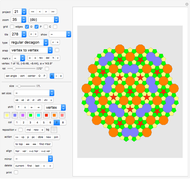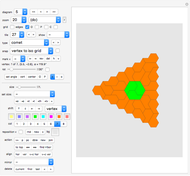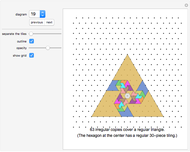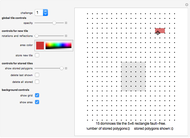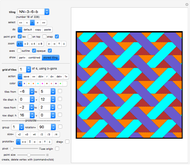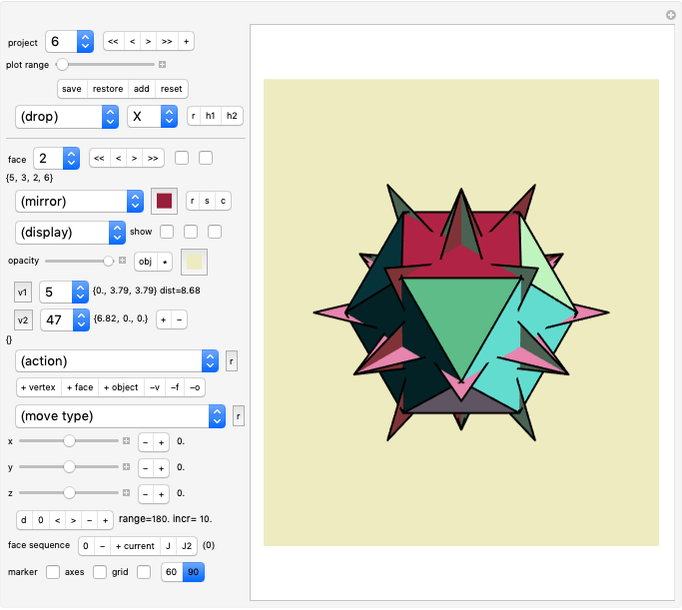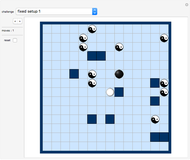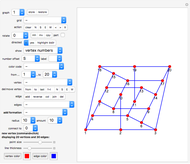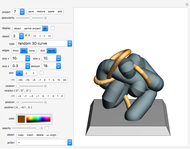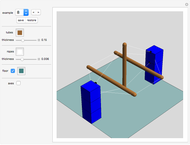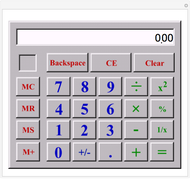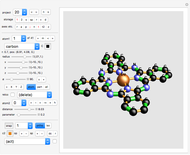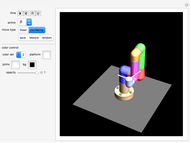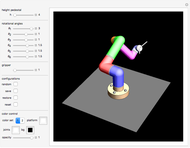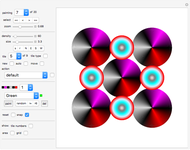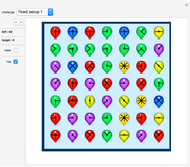Cairo Tiling

Requires a Wolfram Notebook System
Interact on desktop, mobile and cloud with the free Wolfram Player or other Wolfram Language products.
The Cairo pentagonal tiling is named after the plastering pattern of some Cairo streets.
[more]
Contributed by: Karl Scherer (October 2014)
Open content licensed under CC BY-NC-SA
Snapshots
Details
"color tiles"
This control only works when "polycairo tetrad" is not selected!
Click "color tiles" to color the Cairo tiles or make them transparent. If the tiles are not colored, the underlying basketweave becomes visible. You can make this basketweave invisible by setting its opacity to 0.
"polycairo tetrad"
When you click this checkbox, a tetrad will appear, made from polycairo shapes. Watch a whole family of tetrads morph while you move the "morph" slider. The polycairo tetrad shown is the only tetrad missing from the Demonstration "Tetrads", which is a nearly complete collection of holeless tetrads.
Note
In geometry, the Cairo pentagonal tiling is a dual semiregular tiling of the Euclidean plane. It is one of 14 known isohedral pentagon tilings.
Permanent Citation
"Cairo Tiling"
http://demonstrations.wolfram.com/CairoTiling/
Wolfram Demonstrations Project
Published: October 7 2014








